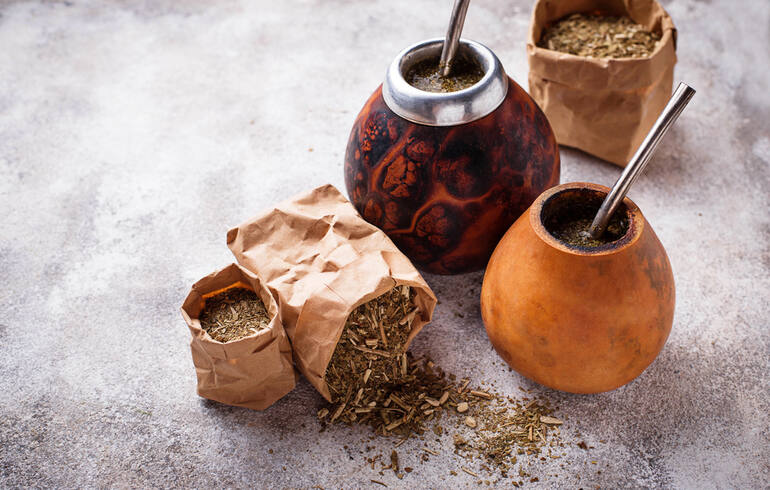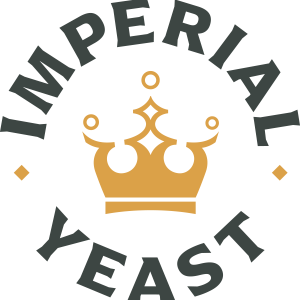It is well established that the dry leaves of the Ilex paraguariensis plant are known for providing energy and carrying a rich historical legacy. For those new to yerba mate, one simple question often arises: What does yerba mate taste like? The response to that question is indeed very simple, yet surprisingly nuanced.
Depending on the style in which one brews the yerba mate, it could be anywhere from earthy and bitter to smooth and slightly sweet. Some people compare it to a cloudy green tea with a hint of smoke, while others think it is a mellower version of a black coffee mixed with herbs. The experience may be individualized depending on regional and brewing differences, or even by the cup from which you drink it.
A Bold, Earthy Flavor
At first, the yerba mate sip is a bit surprising for a lot of people. Its flavor profile is often categorized under descriptors like bold, earthy, and slightly bitter, so that it could be likened somewhat to green tea but deeper, roasted. It can have smoky, grassy, or woody undertones depending on how it is prepared. At first, it can be quite bitter, especially if one consumes the traditional loose-leaf mate drink through a metal straw (called a Bonilla) in a gourd, but one eventually begins to be charmed and even addicted to its unique flavor.
Gradually, your palate learns to appreciate the accustomed complexity of the drink: some hear even a whiff of cocoa or floral notes. Sweeteners like honey or sugar, or herbs such as mint or the peel of citrus fruits, moderate the intensity and add layers to the flavor. The cold-brewed version, known as tereré, offers a lighter, fresher profile. In the end, you tend to develop a taste for it, and that is also in conjunction with the fact that it has some kind of stimulant property and traditional practice.
Factors That Influence the Taste
Several factors can influence the flavor of yerba mate:
Yerba Mate Varieties
Particularly, the type of yerba mate that you choose to take would make such a great deal of difference because that is what entails flavor. The aging process of yerba mate leaves in storage produces wood and dried fruit qualities along with refined smoothness which contrasts with the grassy fresh-cut leaf notes that feature bright herbaceous flavors.
Flavored blends–herbal infusions including peppermint and lemon verbena, and citrus peel add delicious flavors to yerba mate while mounding the harmful bitterness. Yerba mate variations enable consumers to find different flavors within the same tradition.
Roasting
Roasting the leaves of yerba mate completely changes the flavor and might interest coffee drinkers or those who enjoy more complex, deep flavors. Lightly roasted yerba mate is often really slightly smoky and smells something like toasted grain or even a campfire, balancing the bitterness.
Some yerba mate producers roast the leaves more heavily to give the flavor a fuller, almost caramelized taste. This way, it also adds warmth and body to the boost drink, which makes it more comforting for winter or evening relaxation.
Method of Preparation
Preparing yerba mate tea requires precise methods that determine its final taste. Hot water extraction from yerba mate leaves produces an intense, full-bodied flavor because it separates their bitter compounds. Hot water extraction produces bitter tones that can become astringent if temperatures exceed limits, yet the taste becomes less bitter when water temperature falls below recommended levels.
Cold-brewing yerba mate, called tereré, emphasizes its lighter, fresher aspects. This method is one where the herbal-grassy flavors come into their own and are even more refreshing and thirst-quenching when mixed with ice and added fruits or herbs.
Origin
The distinctive flavor profile of Yerba mate drink derives from specific geographical regions that develop distinct flavor features. Traditionally in Argentina, yerba mate presents itself with smooth flavors which combination earthy aromas with delicate bitter tones. Brazilian yerba mate could be considered somewhat stronger, with very stimulating grassy flavors and far less bitterness, quite refreshing for those who appreciate that taste.
Flavors used in Paraguay and Uruguay may achieve even deeper or richer tones, but often can be more strongly smoky or intense. The unique regional tastes of yerba mate are created by various climatic conditions, soils, and traditional processing methods in those countries, hence offering a variety of yerba mate that merits the journey of exploration.
Is Yerba Mate an Acquired Taste?
In many cases, yes, yerba mate is an acquired taste. The drink offers no immediate sweetness like soda or coffee but delivers unique bitter notes along with earthy and complex flavors. Most individuals need time to appreciate the beverage, even though this gradual discovery is precisely what draws them into it.
Similar to developing a taste for double IPA bitterness and mixed-fermentation taste notes, one must show patience with yerba mate as it unveils its flavor experience. Through continued exposure, people begin to observe the complex character that appears as they start to appreciate it.
Homebrewers will see the connection between their work and mate processing since small variations in preparation techniques modify product taste much like recipes developed through process methods. Traditional preparation reveals a strong yet refined profile of mate, which results from its deliberate production process.
Similar to But Not the Same As…
Some will say that it tastes something like green tea, then a little bit of tobacco, and then a little bit of dried grass, dry with a natural sharpness that is easily compared by many to dark chocolate or strong espresso. But no comparison will ever prove to be perfect — somehow, yerba mate truly carries its unique taste.
Exploring the First Sip Experience
The first taste experience of yerba mate may catch new consumers off guard since it presents an unfamiliar taste profile that might seem difficult at first. Most new drinkers discover yerba mate because of their initial interest in tasting it. A bold astringency emerges in the first taste, which leads people to delve further into this unique drink. People who drink yerba mate experience a unique immersive encounter through traditional gourd consumption or cold, mixed with ice and fresh fruit.
Homebrewers and or beer enthusiasts who try yerba mate gain insights about traditional brewing practices, which unite regional customs with natural ingredients to make unique compounds beyond basic ingredient values.








